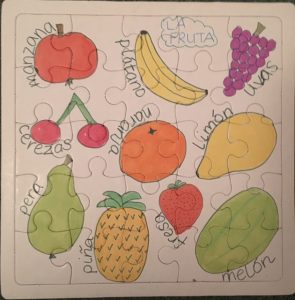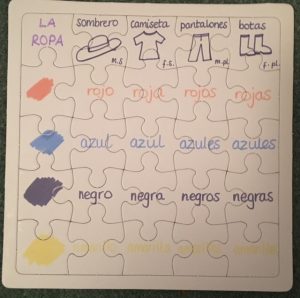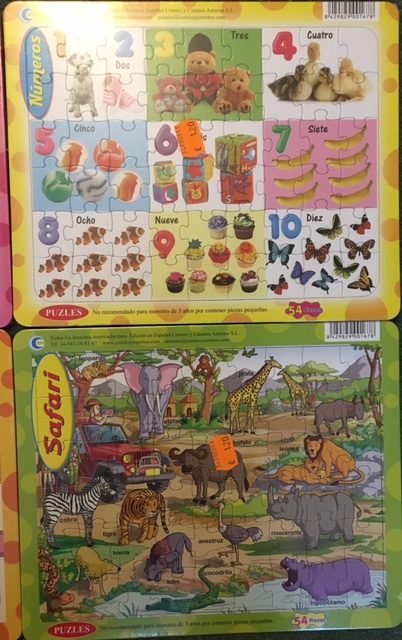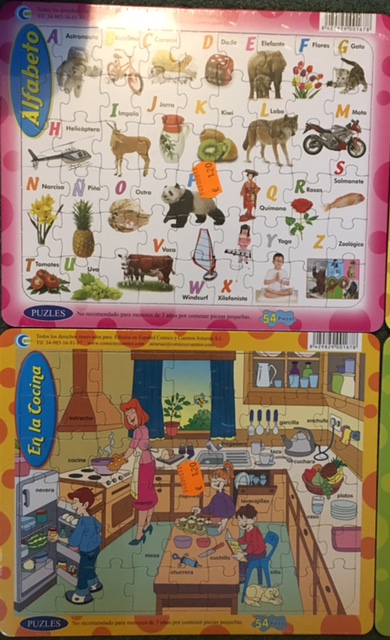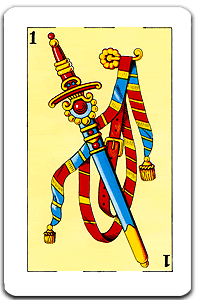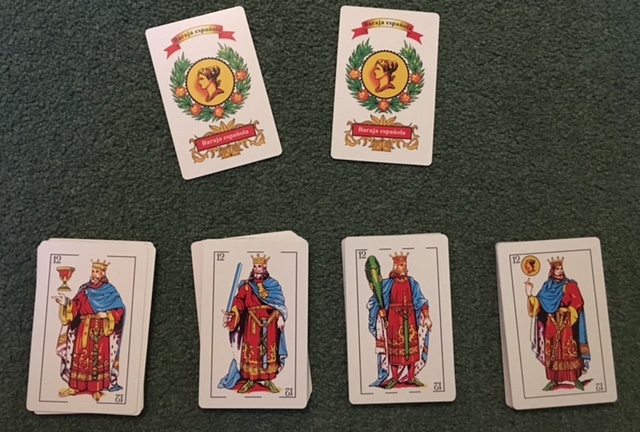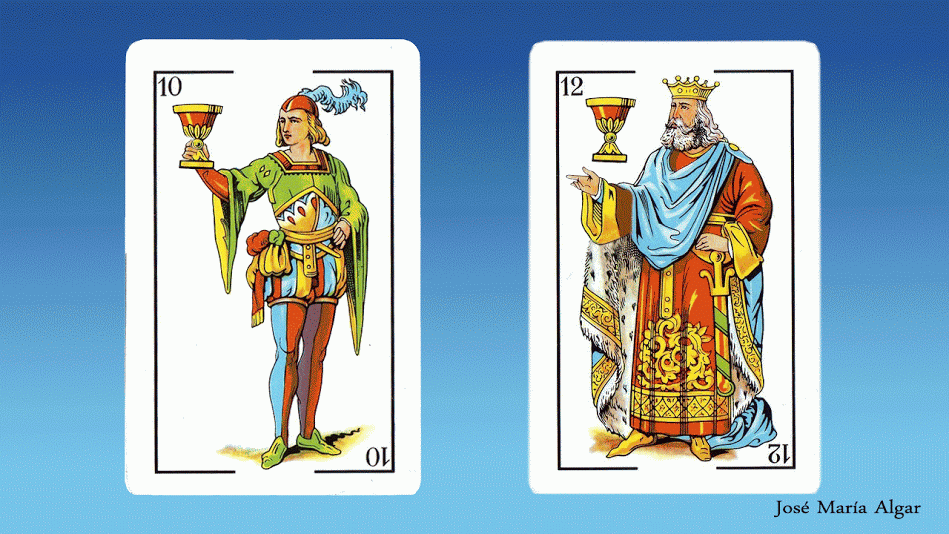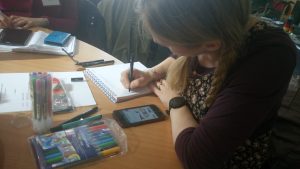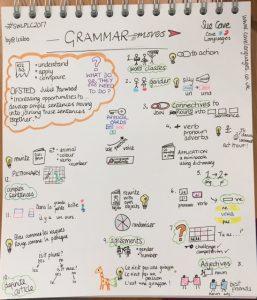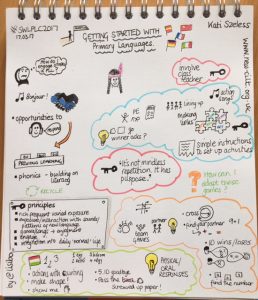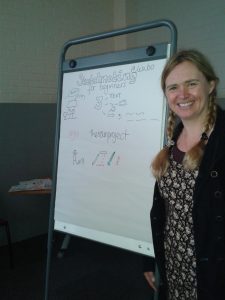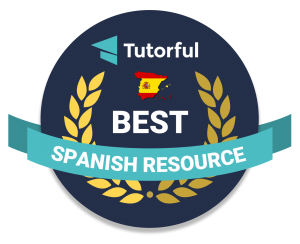Don Quijote – A Spanish Language Primer
I bought this lovely board book last year to share as part of the celebrations of the 400th anniversary of his death- and that of Shakespeare. It is essentially a word book with the left page in English and the right hand page in Spanish and intended for very young children; however, used in conjunction with this song from BBC Bitesize ClassClips, it gave a stimulus to introduce and discuss the most famous work of Cervantes in a simple and unthreatening way.
Link to purchase: Amazon
ISBN – 978-1-4236-3875-9
Gaudí
This book forms part of a series called Big Names for Small People and my copy is in English although you can buy it in Catalan (and soon in Spanish – see the link below) I am a great fan of Gaudí and his story is so interesting that I really enjoy sharing this book with young learners porque si as well as in the context of our learning about Gaudí’s artwork when we discuss shape and colour. It’s also particularly useful for looking at timelines, chronology and working out how long ago things happened.
Link to purchase in Spanish: Amazon Cossetània Edicions for the other books in the series
ISBN – 978-84-9034-414-9
It contains no words, but I also use Trencadís with the above book. It’s a wonderful sticker book with outlines that you fill in with stickers that are taken from photographs of Gaudí’s original works so children get to be just like Gaudí without the mess of smashed crockery!
ISBN – 978-84-616-3706-5
And finally, before we leave Barcelona, here’s a storybook in English that gives a flavour of the city through the eyes of two dogs called Poppy and Max. Poppy and Max – Holidays in Barcelona is a work of fiction but I thought I’d share it here as it’s in context!
ISBN – 978-84-92745-31-9
Frida Kahlo (Colección Antiprincesas #1)
My final book (for now as I have more at school that I’d like to share!) belongs to a series that has attracted lots of attention and centre round the life and work of Frida Kahlo. It’s completely in Spanish and whilst the chunks are fairly short, it’s not the sort of book that you could expect children to pick up and understand without guidance. I like the small blue boxes that give definitions of key words like surrealismo and revolución, and also the stylised drawings of some of Frida’s works alongside photographs and pictures of her actual work. A fascinating woman!
Below is a video of the book being read in English, and you can see it in Spanish by following this link and forwarding to about 12 minutes. The link that promises a lesson plan based around the book is broken but I’ve tracked it down to here – it includes some excellent ideas not just based around the book but also around promoting women and being ‘antiprincesas’.
ISBN – 978-987-33-9158-3
I hope this selection of books has been of interest. I’ll share more in my next post, focusing on books with a scientific theme.
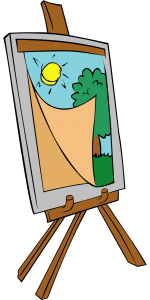

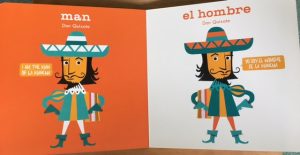
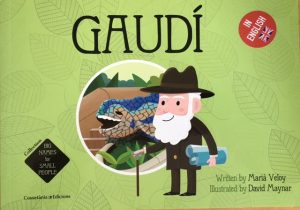

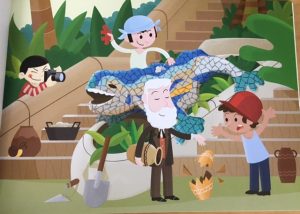
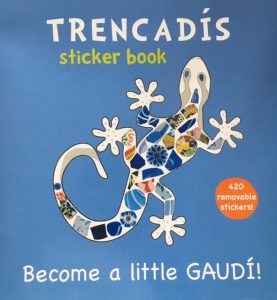

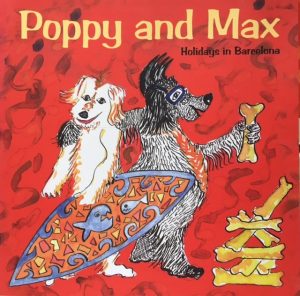
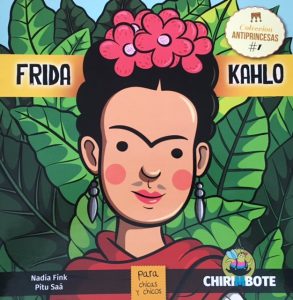
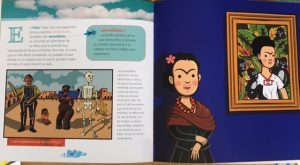
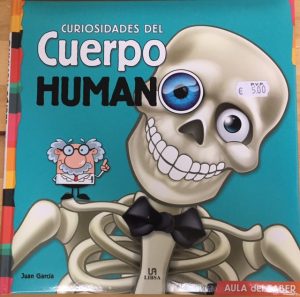
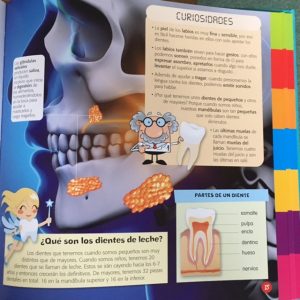
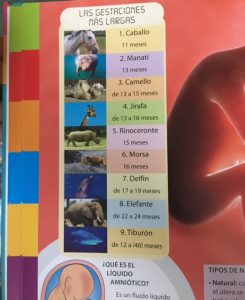

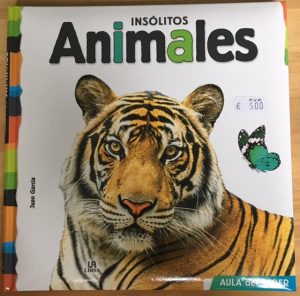
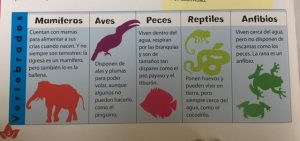
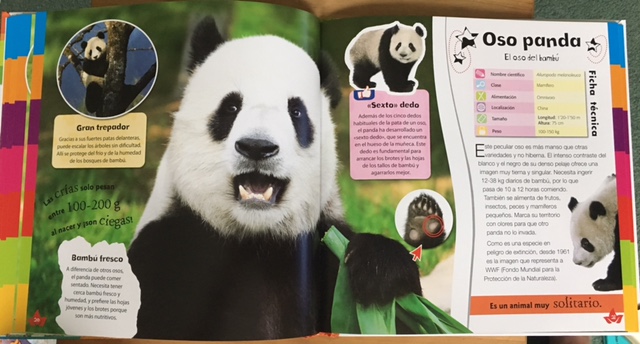

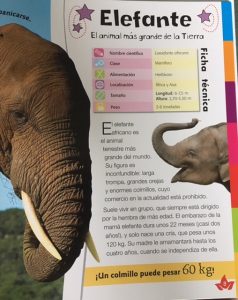
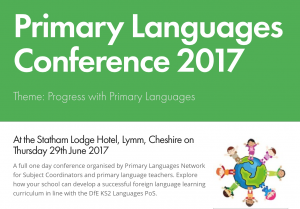

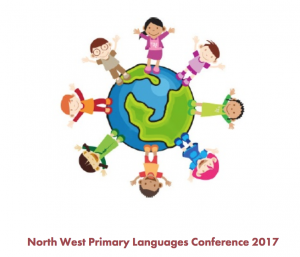
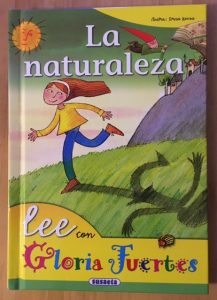
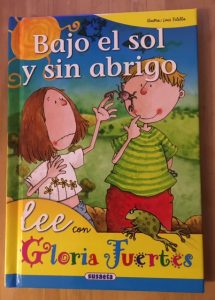
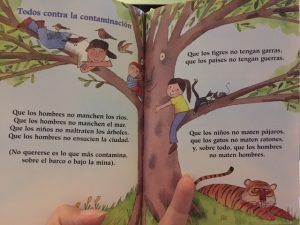
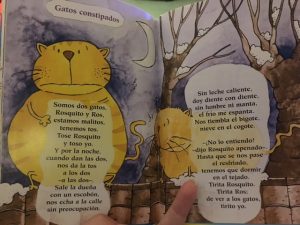
 It’s a really simple board book about two ‘lunas’ or moons that go for a walk to the park and play I spy. I liked it for the simplicity of the languages, for the repetition and also for the simplicity of the images.
It’s a really simple board book about two ‘lunas’ or moons that go for a walk to the park and play I spy. I liked it for the simplicity of the languages, for the repetition and also for the simplicity of the images.
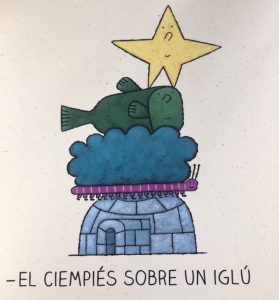

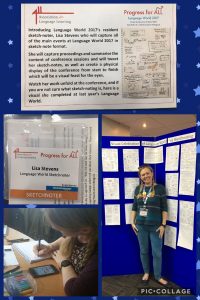

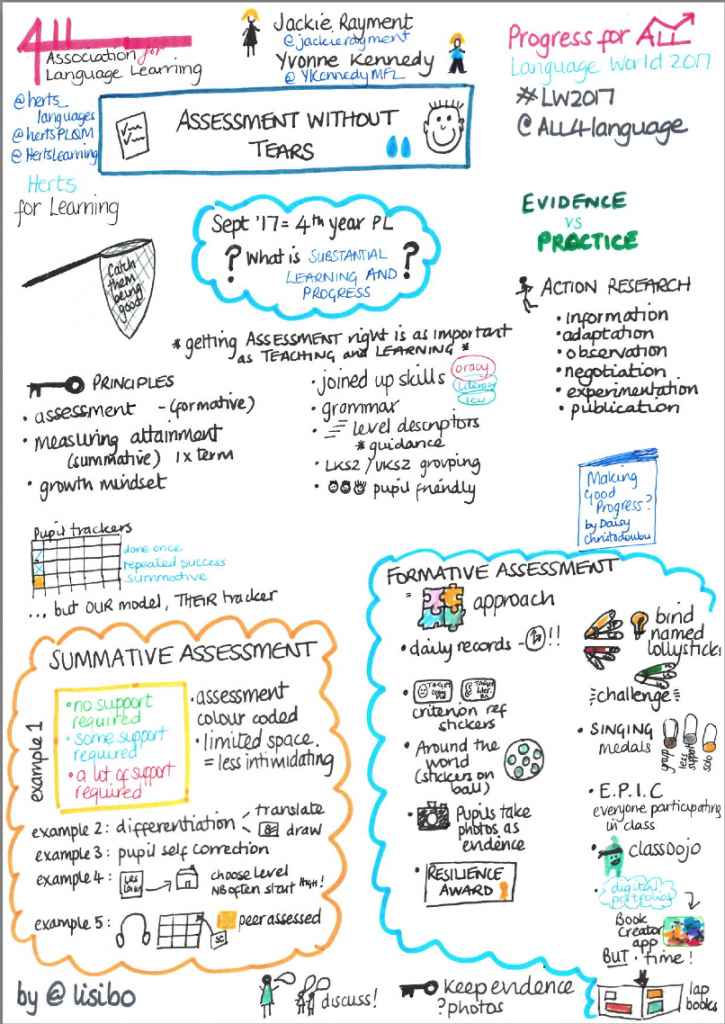
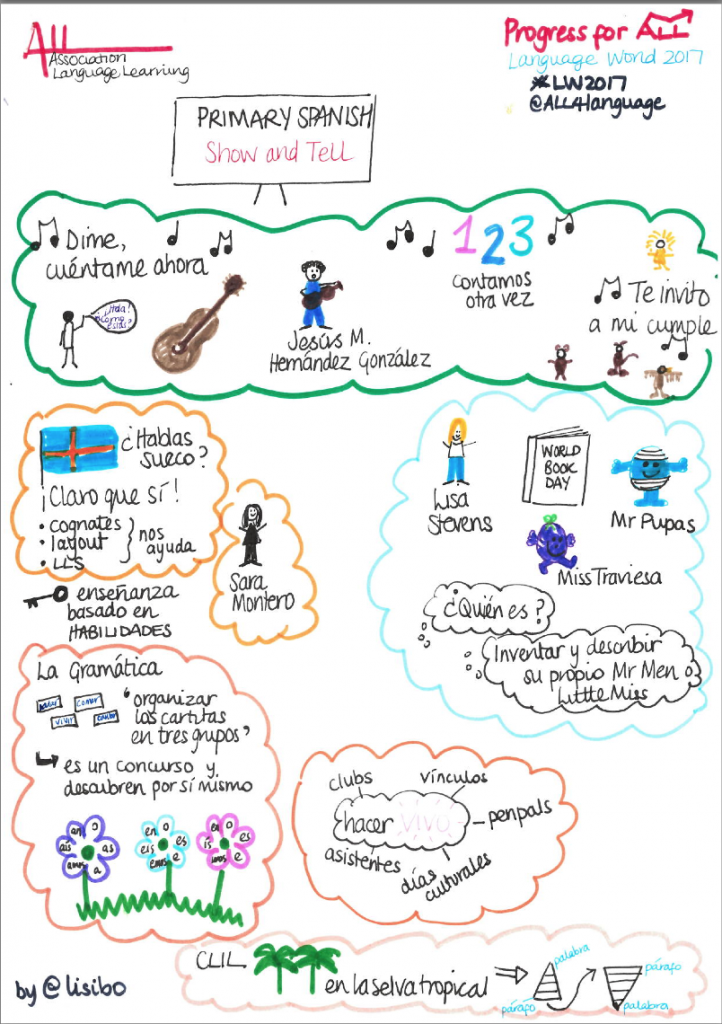
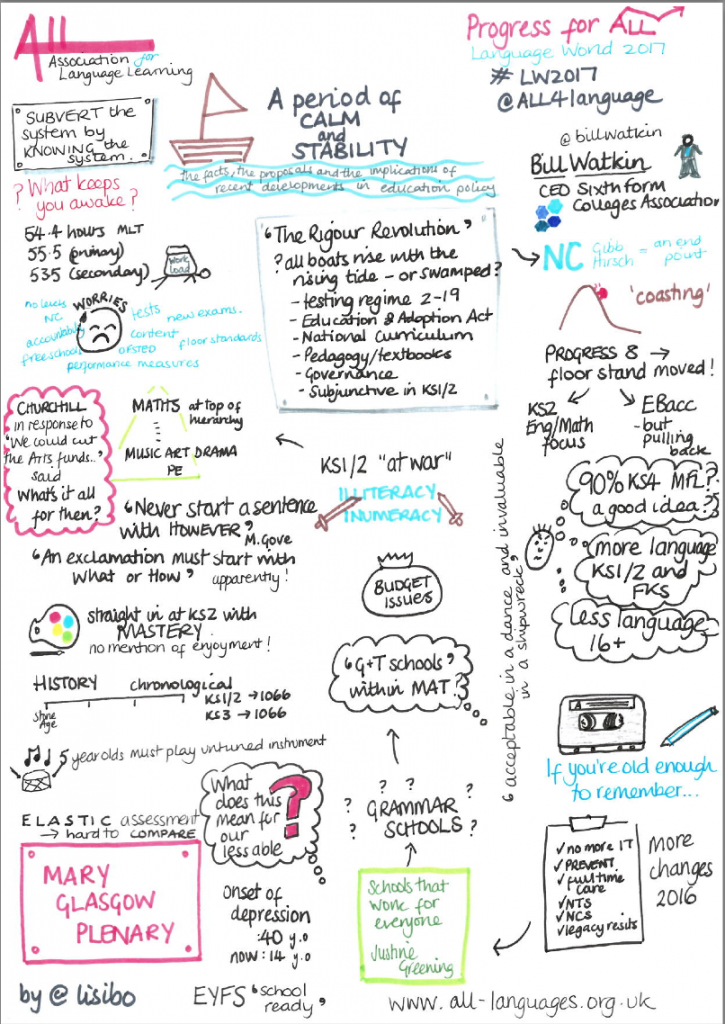

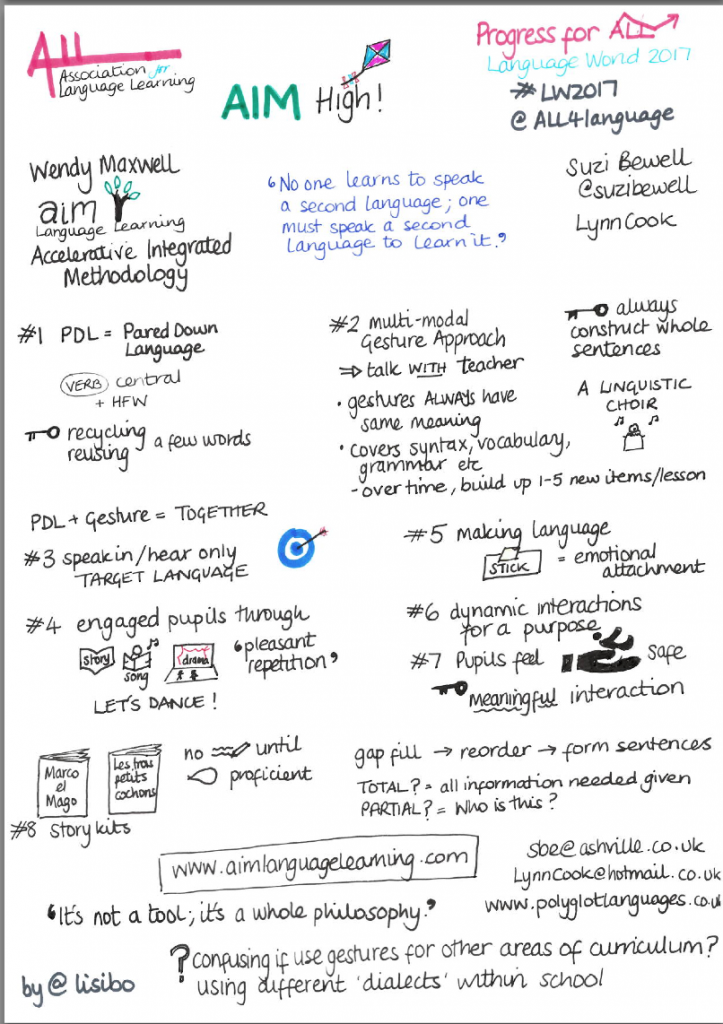
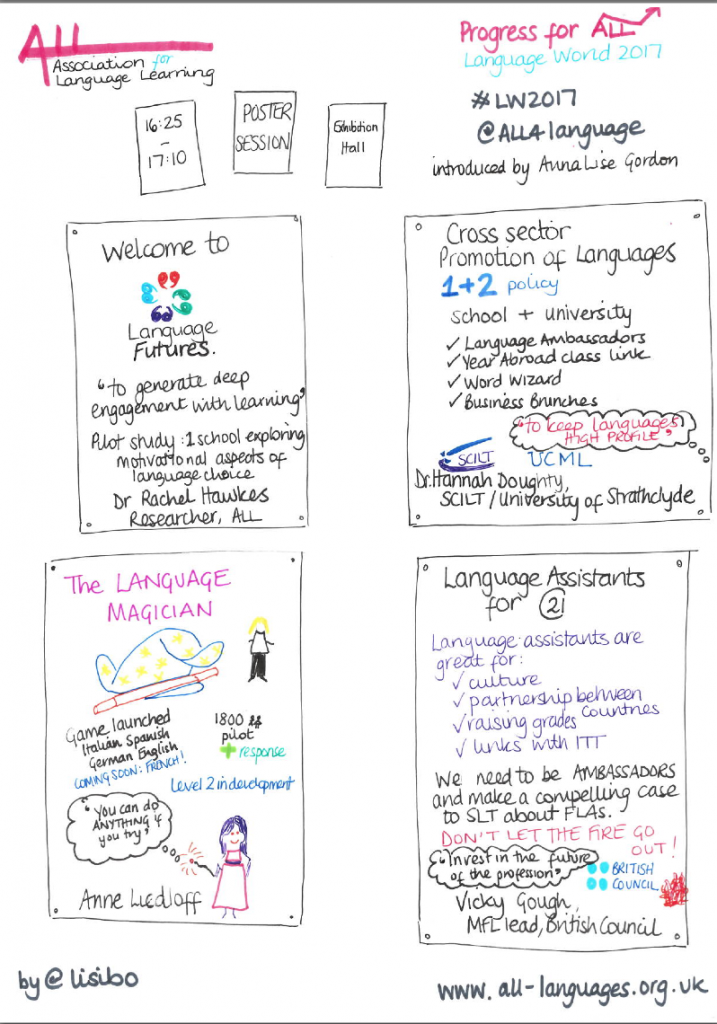
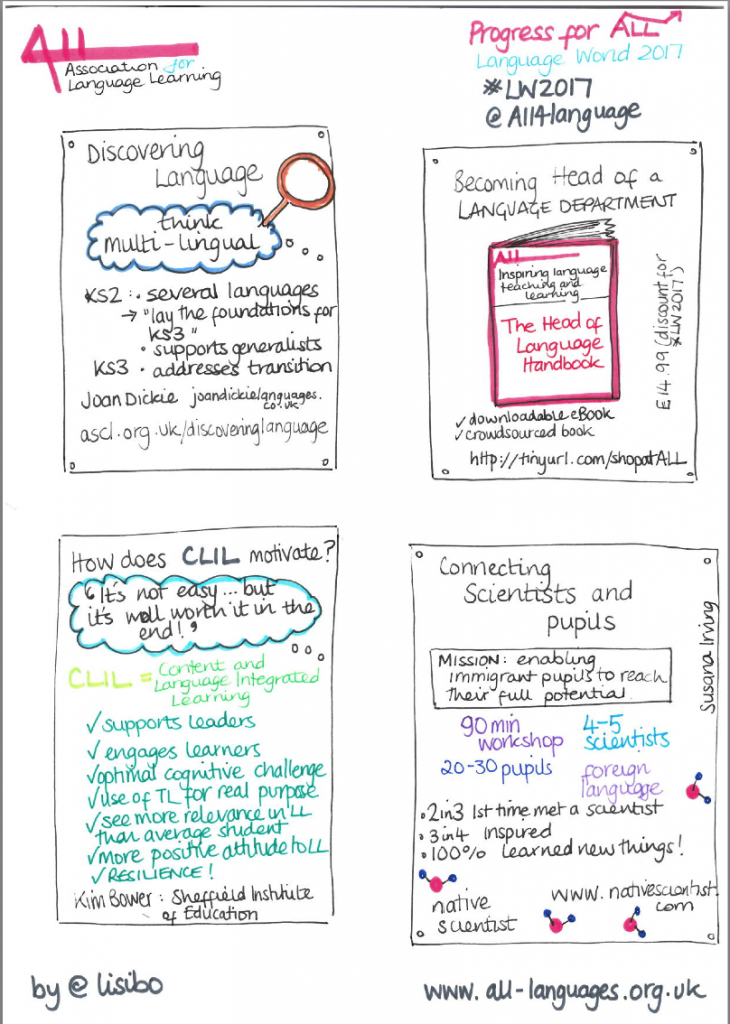
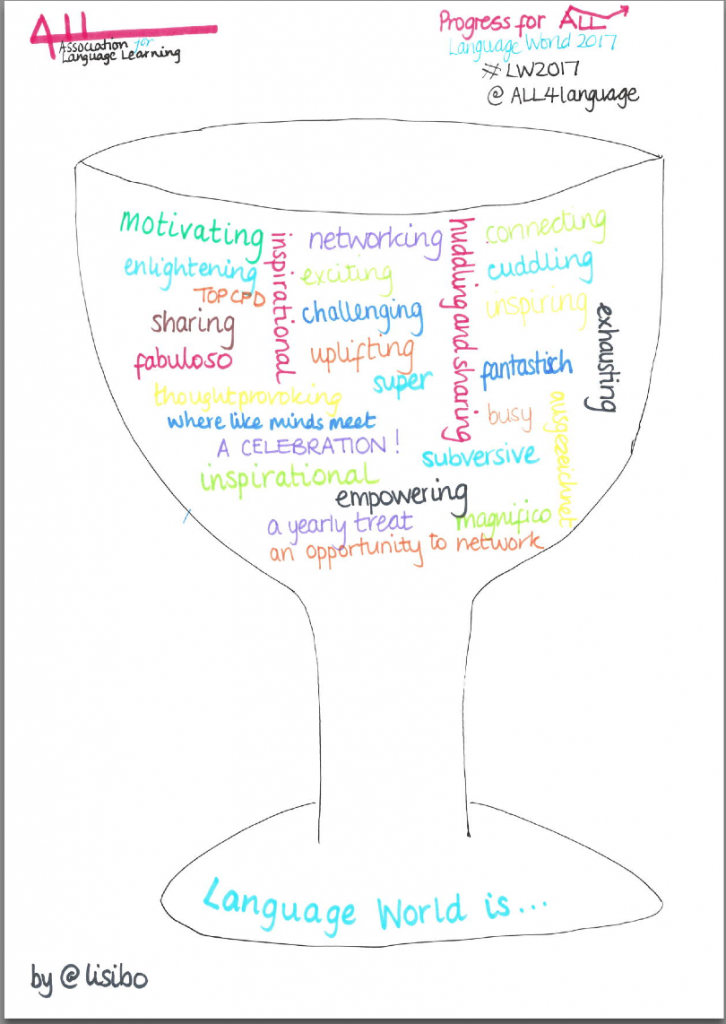
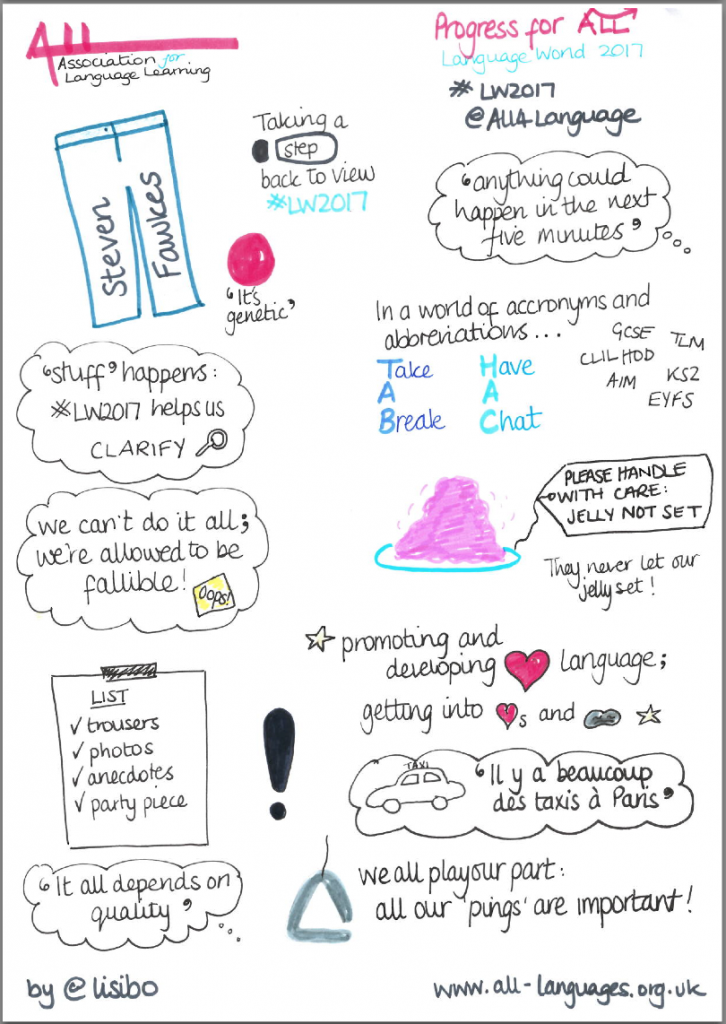
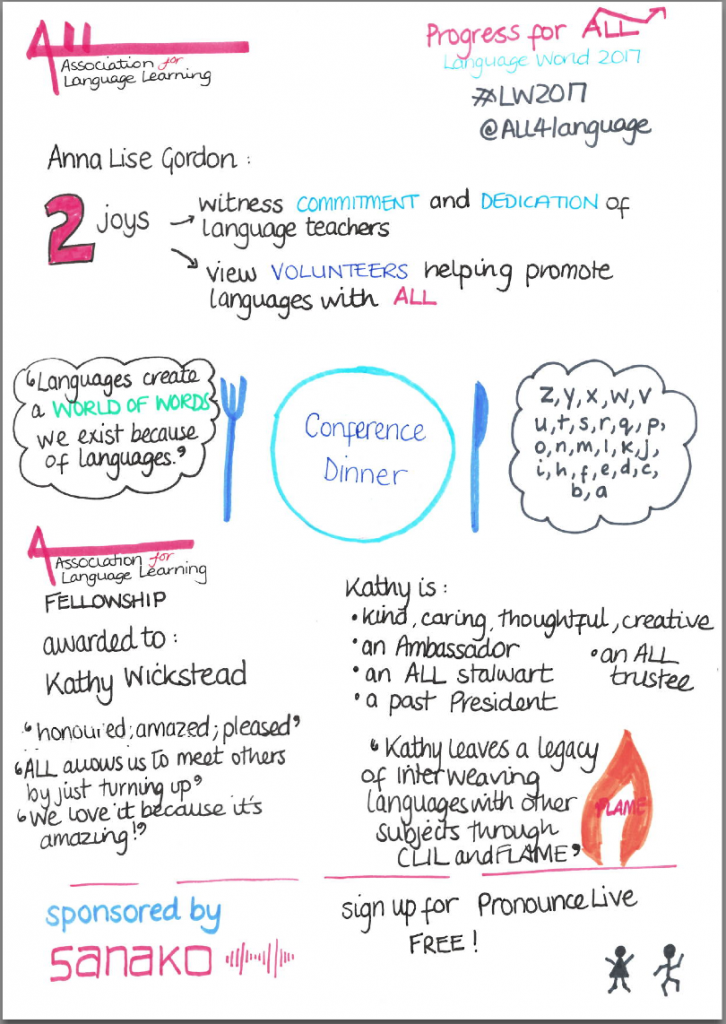
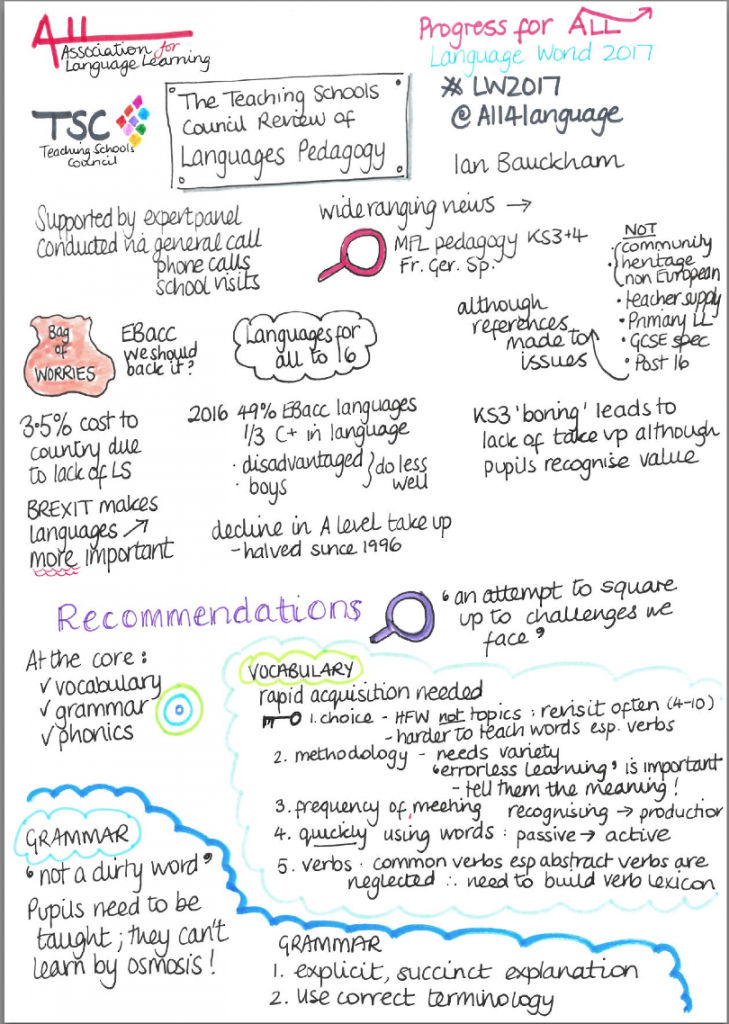
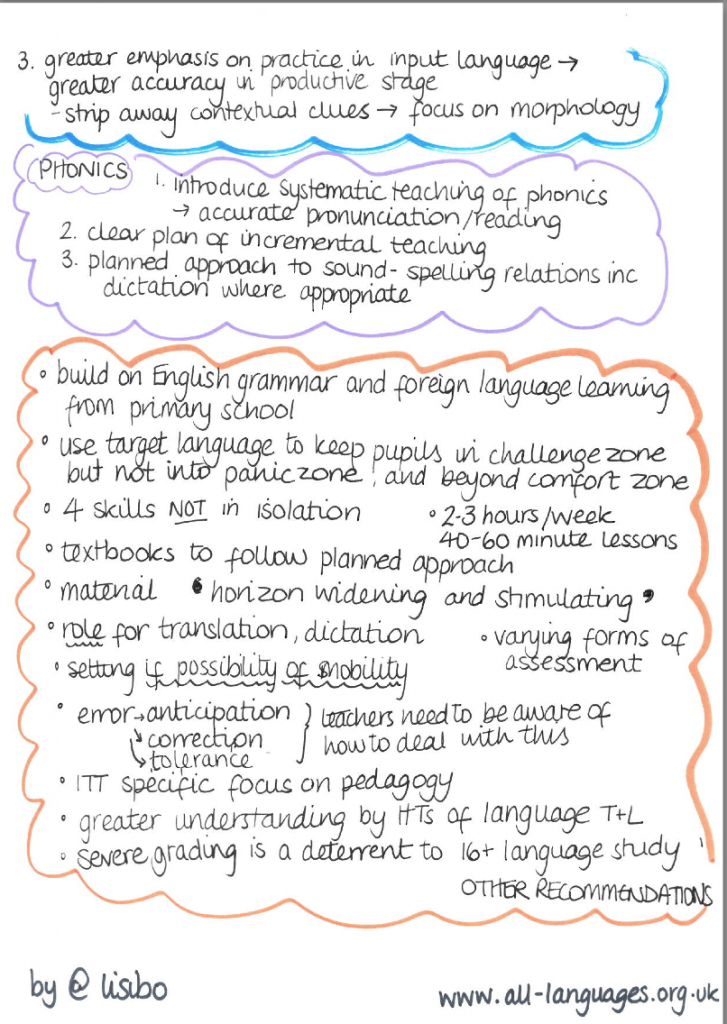

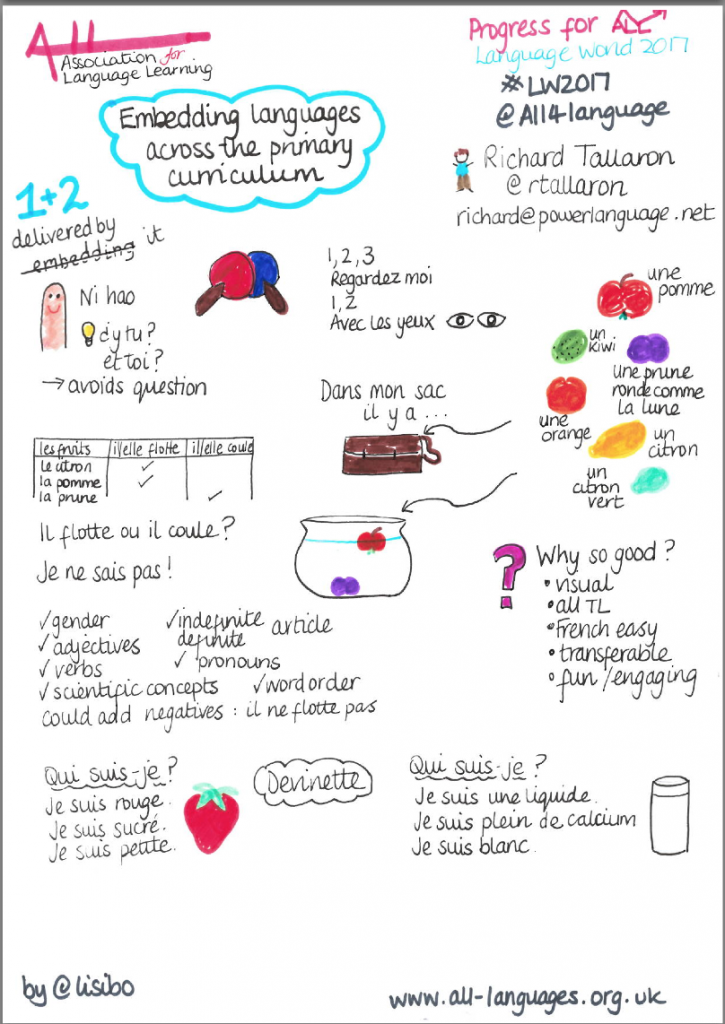
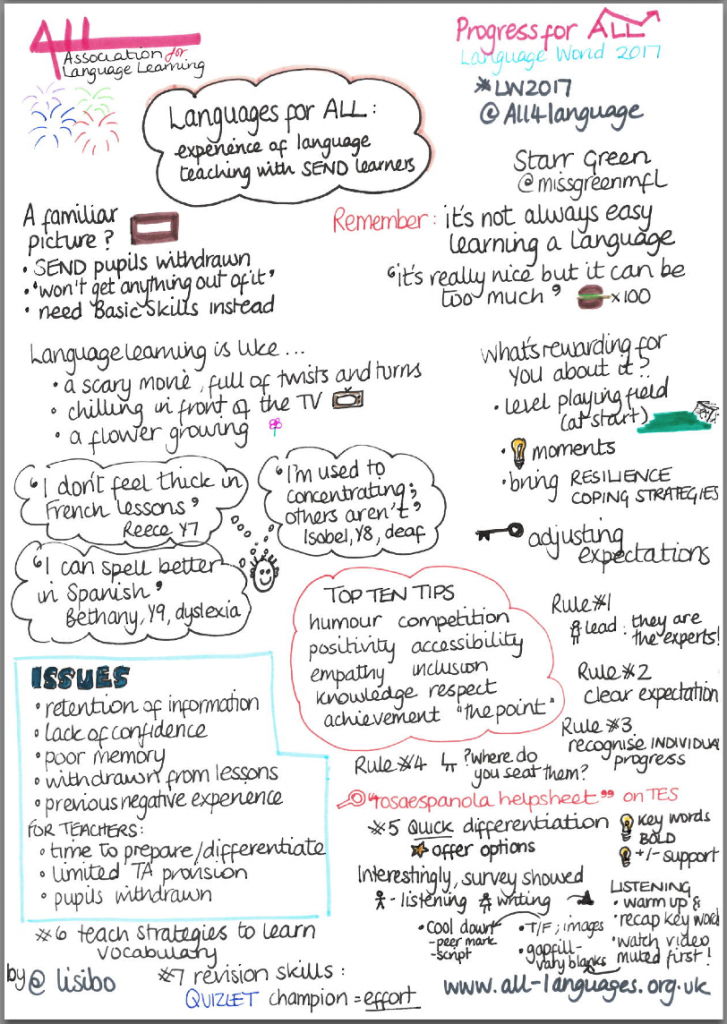
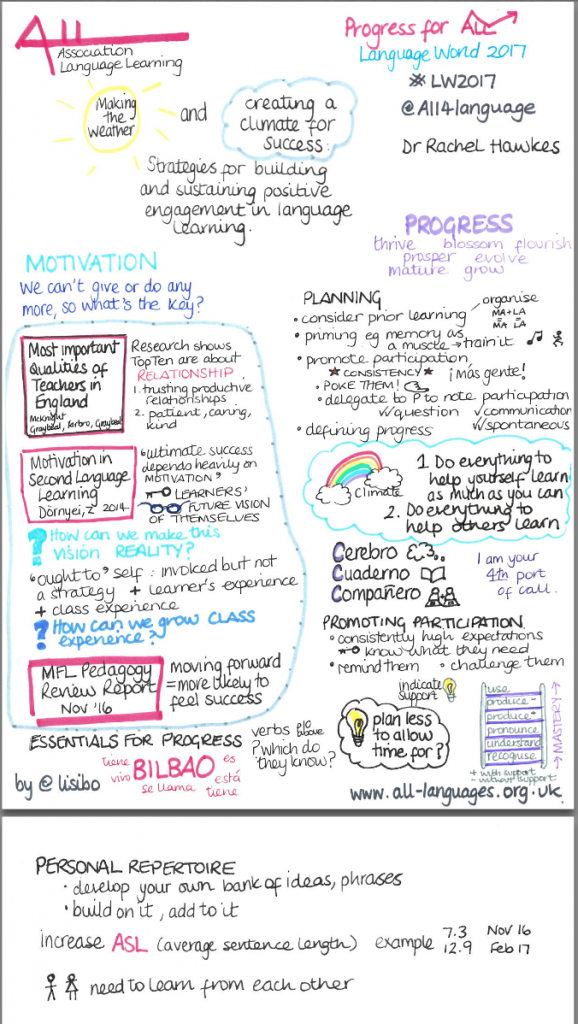
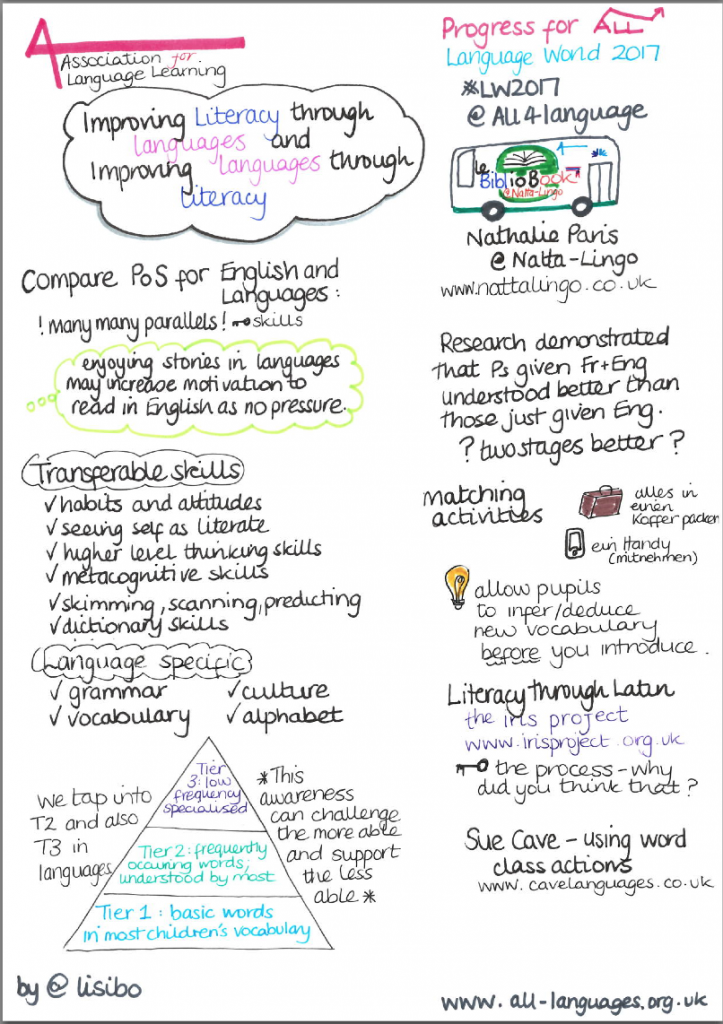

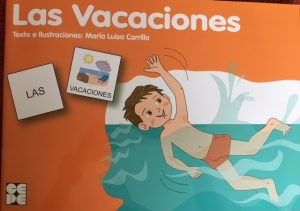

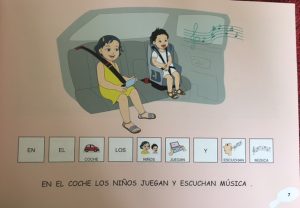

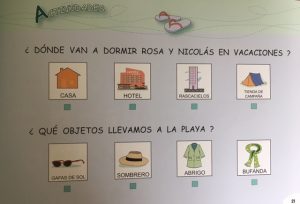


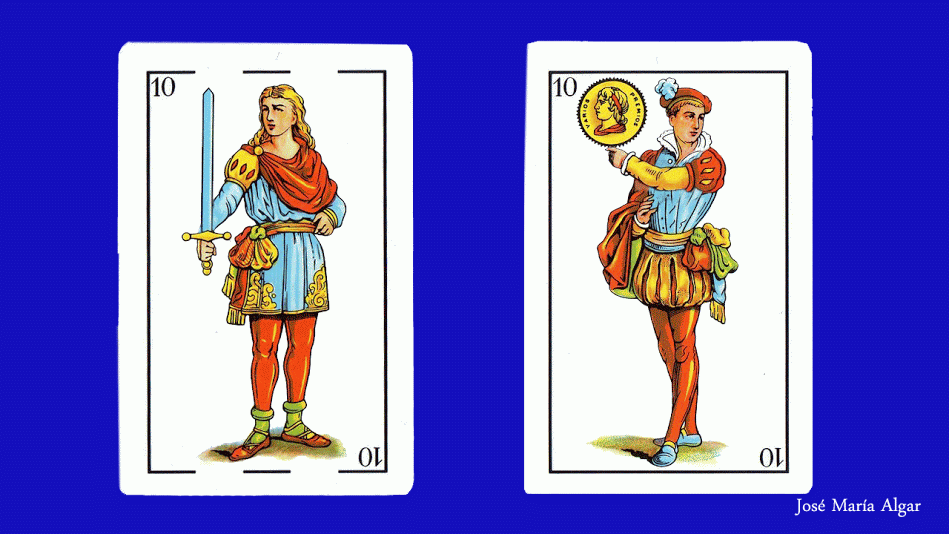 On my trips to Spain I’m always in search of a bargain! I’ve recently not had much luck finding ‘Poundland’ type shops, nor the equivalent of a Swiss brocki but this time I came across a 1 euro shop down one of the Siete Calles in Bilbao. Disappointingly there were no books, and unfortunately I was down to my last few euros. However, I did find some bargains.
On my trips to Spain I’m always in search of a bargain! I’ve recently not had much luck finding ‘Poundland’ type shops, nor the equivalent of a Swiss brocki but this time I came across a 1 euro shop down one of the Siete Calles in Bilbao. Disappointingly there were no books, and unfortunately I was down to my last few euros. However, I did find some bargains.